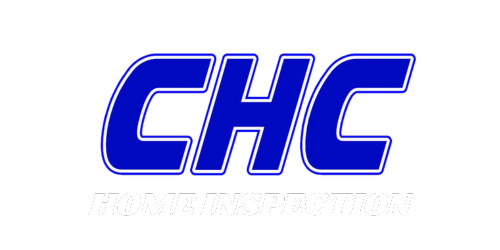How to Keep Sewer Lines in Good Shape
Your home has several major systems—roofing, electrical, plumbing, foundation, weeping/drainage, and HVAC—that must always be in good working order for comfort, health, and safety. All of these systems can be very costly to repair, so keeping them in good shape is important.
A malfunctioning sewer is not only a health hazard but also inconvenient to repair. The licensed inspectors at CHC Home Inspection share our top tips for keeping your sewer lines in good shape.
Signs of a Problem
Slow Drainage
An occasional backed-up drain in the sink or shower something to be expected from time to time. If you’re experiencing slow drains in more than one spot in your home, it indicates a possible problem with your sewer line.
Waste Backing Up into Other Pipes
Another common sign of mainline sewage issues is wastewater backing up into a pipe of something not currently in use. For example, you see water backing up into your bathroom sink even though you aren’t running water there.
Unpleasant Odors from Drains
Foul smells emanating from your drains may result from not being used for a long time. If this is the case, you can prevent it in the future by ensuring you use every water fixture regularly to keep things moving along. Another possibility is a full or partial blockage in your main sewage line, which will require professional assistance.
Keeping Your Sewer Lines Healthy
Have access to your Residential Home Plumbing Diagram : Blueprints your home’s systems may be available at your county clerk’s office. Being able to see a house sewer line diagram or blueprint can help you visualize this vital system, conceptualize the size of your pipes and their locations, and where they connect to the main line.
Be mindful of what goes in the drain : Putting anything aside from human waste and toilet paper in your system can easily cause a clog. Even wipes that say they are flushable are best left in the trash can. You should also keep food scraps, grease, and feminine hygiene products from going down the drain.
Perform a high-volume drain flush : One of the best ways to prevent pipe clogs is by performing a high-volume drain flush at least once a month. To do this, fill every sink with water and pull the stoppers simultaneously so every sink drains. You should also flush all the toilets in your home at this time. This type of DIY drain flush can keep minor clogs from becoming problematic.
Descale the pipes : If your system has older cast iron pipes, hard deposits of minerals and rust will build up over time. A professional descaling paired with hydro-jetting is the best way to clean your pipes.
Clean the lines a couple of times a year : You can do this using chemical or enzyme-based cleaners. Any commercial or homemade sewer cleaner works to break down grease and sludge buildup.
Regularly inspect your sewer lines : Whether you’ve owned your home for several years or are just buying it, an inspection can help you nip costly problems in the bud. We suggest having a full inspection performed every 1-2 years as part of your regular home maintenance.
Contact Us for Regular Sewer Inspections
When it’s time for a sewer inspection at your home, give our team of licensed inspectors a call at 1-800-975-0275. CHC Home Inspection offers various other services, including residential, commercial, and termite inspections. From our locations in Lexington and Louisville, we proudly serve all of Kentucky, including Lexington, Louisville, Liberty, Somerset, Georgetown, and Nicholasville. Contact us today!


